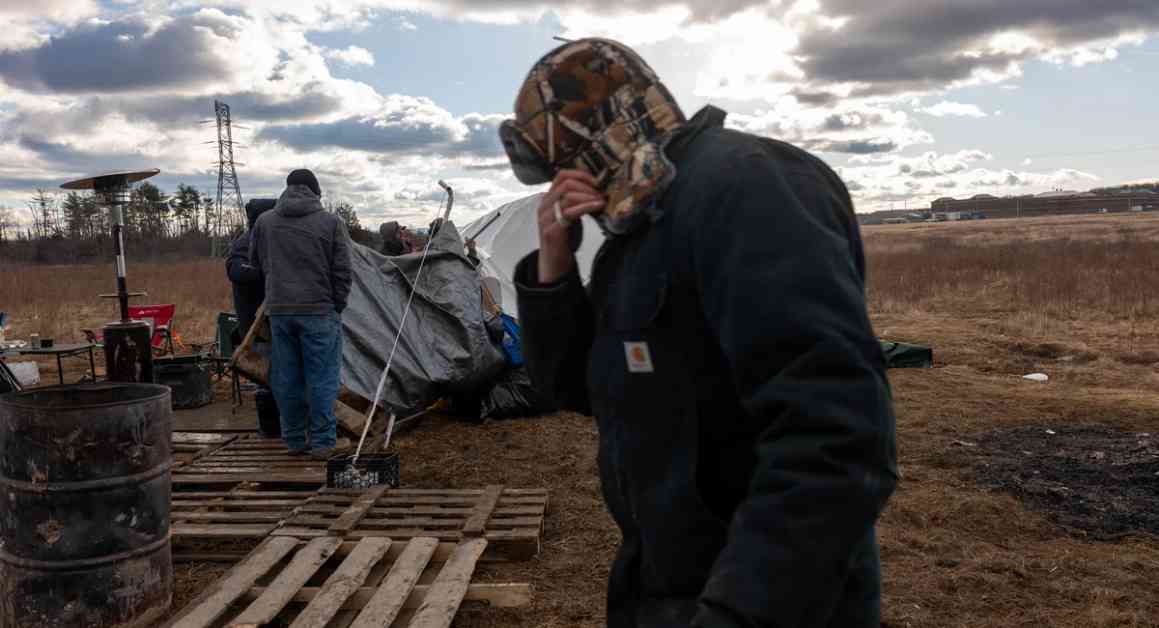In a significant turn of events, the New York State Department of Corrections and Community Supervision has announced the end of a three-week wildcat strike that had led to lockdowns at prisons across the state. The strike, initiated by corrections officers on February 17, saw roughly 75% of officers returning to their posts, effectively concluding the disruptive labor action.
Commissioner Dan Martuscello revealed that approximately 10,000 officers and sergeants had resumed their duties, with more than 1,200 returning on Monday alone. These numbers represent a substantial portion of the 13,500 officers and sergeants who were part of the prison system workforce before the strike began.
“It is time to turn the page,” Martuscello declared, emphasizing the need for a renewed focus on stabilizing operations and prioritizing safety and security within correctional facilities. The Commissioner outlined plans for a high-energy recruitment campaign aimed at filling the gaps left by the striking employees and ensuring the smooth resumption of normal operations.
State Response and Concessions
The state’s response to the strike has been swift and decisive, with more than 2,000 employees who refused to return to work facing termination. Additionally, the deployment of thousands of National Guard personnel to support corrections staff will enable officers to transition from grueling 24-hour shifts to more manageable 12-hour shifts, allowing facilities to establish a “new normal.”
To incentivize the return of striking workers, the state offered new concessions, including overtime pay at 2.5 times the hourly rate for the next 30 days and a commitment that returning employees would not face disciplinary action. Furthermore, a commission comprising union officials will be convened to review the 2021 HALT law, which imposed restrictions on the use of solitary confinement in prisons.
Challenges and Criticisms
Despite the resolution of the strike, challenges persist within the correctional system. Concerns over dangerous conditions in prisons, exacerbated by the HALT law, were cited as a primary reason for the strike. The law, which limits the duration of solitary confinement and mandates a hearing before placement, has been a point of contention among corrections officers.
The suspension of parts of the law pertaining to out-of-cell programming for prisoners has raised questions about the impact on inmate welfare and rehabilitation efforts. Advocates for incarcerated individuals have criticized the state for partially suspending the HALT law, arguing that it undermines the rights and safety of prisoners.
The alleged murder of an inmate at Marcy Correctional Facility and subsequent actions by prison staff have further fueled tensions within the system. Six employees facing murder charges in connection with the death of Robert Brooks have pleaded not guilty, prompting scrutiny of the broader culture and practices within New York state prisons.
Amidst rising violence and staffing shortages, concerns about the well-being of both corrections officers and incarcerated individuals have come to the forefront. Ralph Lorigo, a lawyer representing striking officers, highlighted the dire conditions faced by staff, including prolonged shifts and escalating incidents of assault within correctional facilities.
Looking ahead, Commissioner Martuscello expressed optimism about recruiting additional officers and collaborating with the National Guard to enhance safety and effectiveness within the Department of Corrections. The ongoing efforts to address systemic challenges and improve conditions for all stakeholders reflect a commitment to fostering a more secure and supportive environment within New York state prisons.












